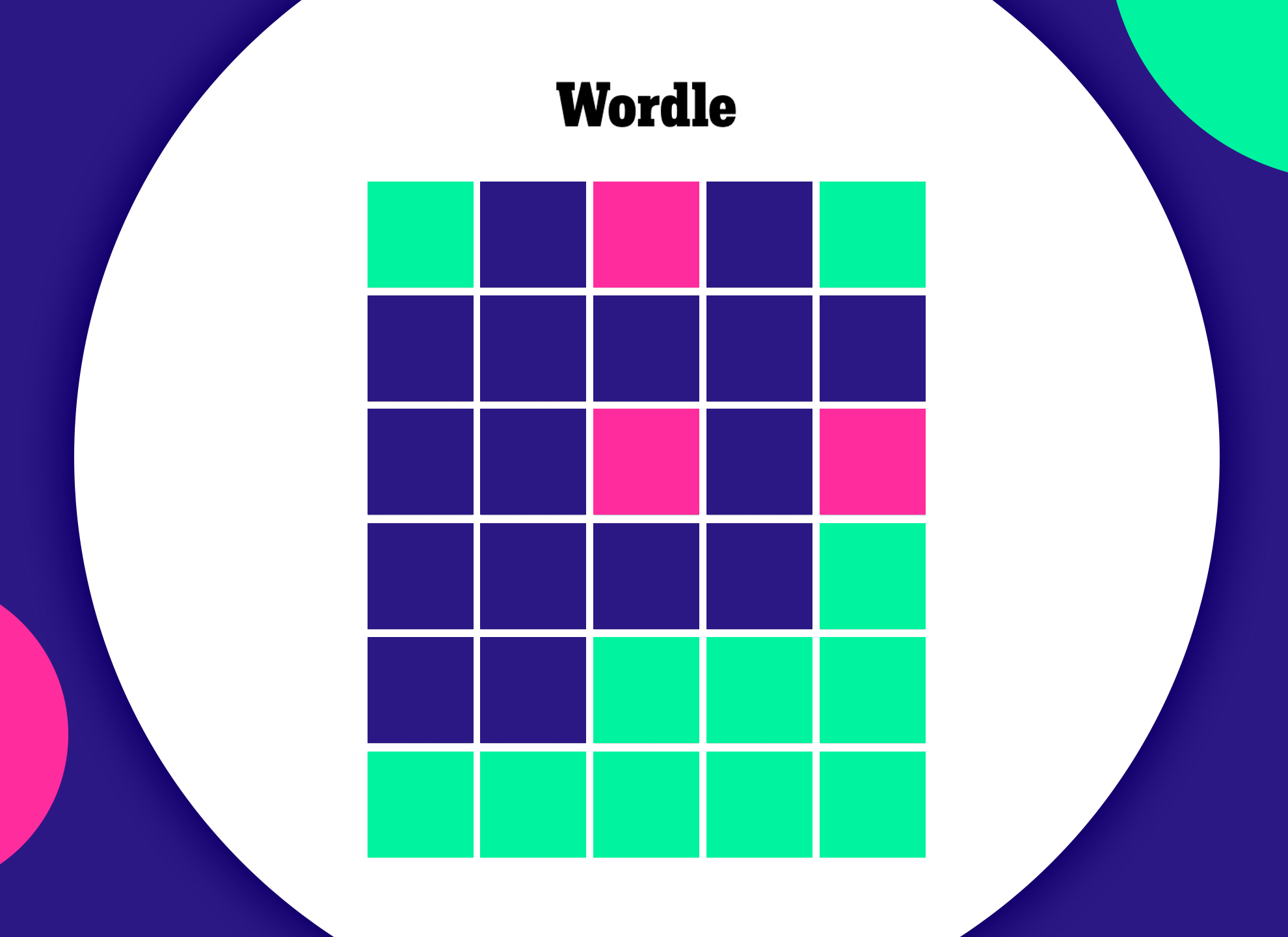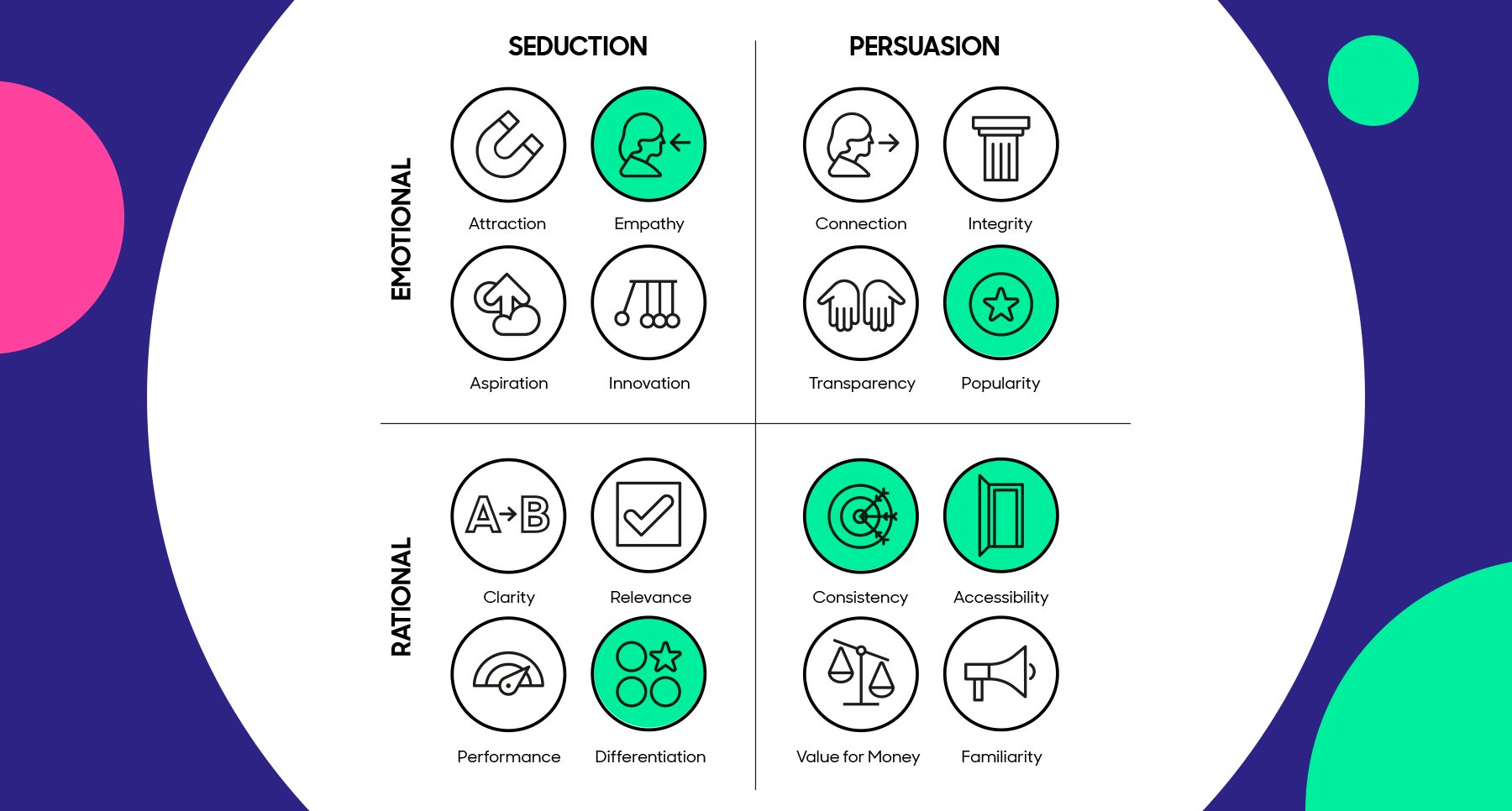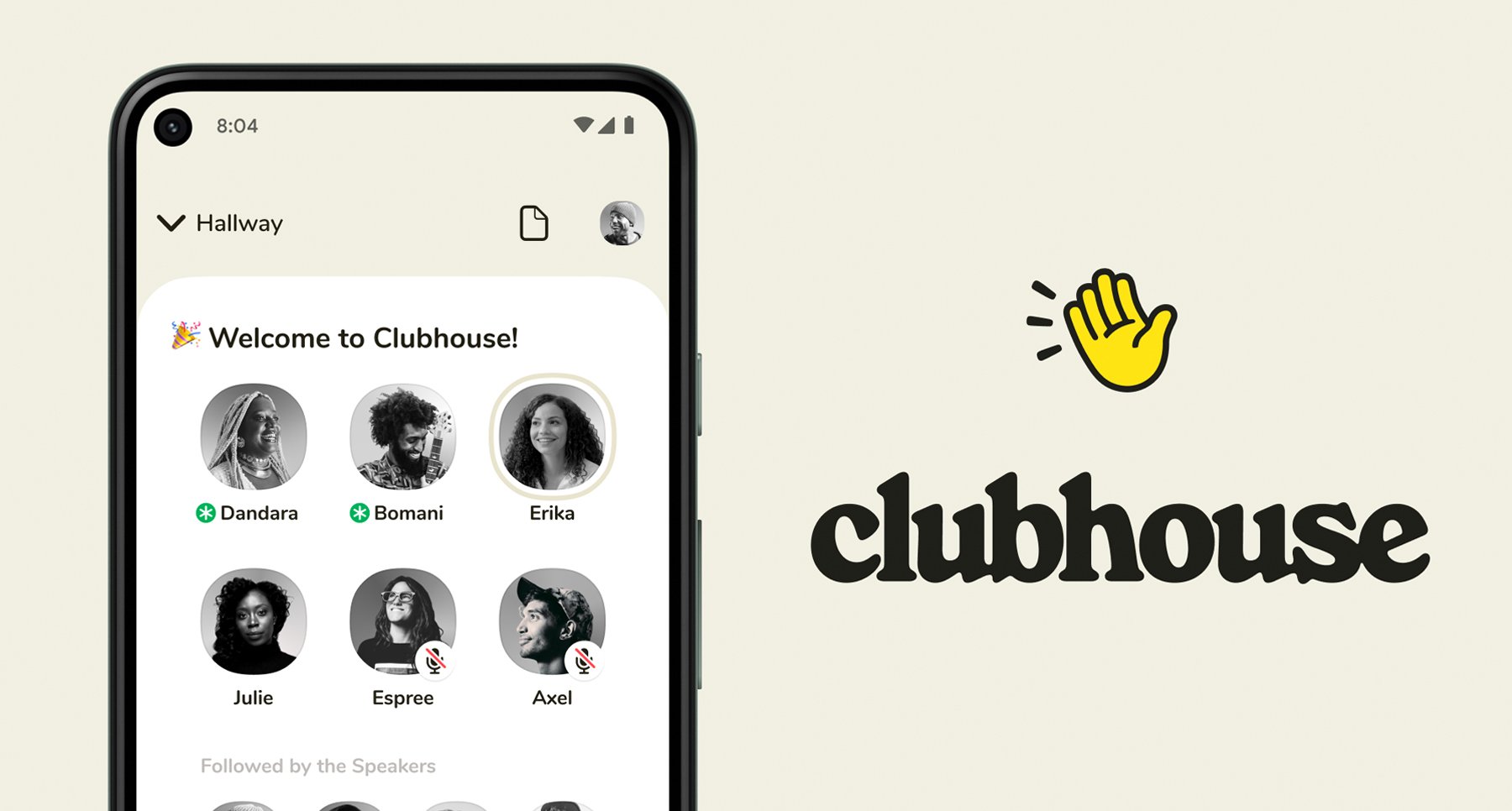Posted on February 22, 2022
Updated on March 10, 2023
6 min read time

You might know Wordle, but do you know Wordle’s creation story?
The illustrious word game, Wordle, wasn’t after fame, money or glory when it was first made. And its humble origination story is one of the main reasons why it’s been such a huge success.
Created by software engineer, Josh Wardle, as a gift for his partner, it was never meant to be a game for the masses.
But of course, once the simplicity and ease of Wordle was shared amongst family and friends, it was physically impossible to resist playing.
If we’re going off the timelines of recent fads, like House Party, Tiger King and sourdough starters, I would say no.
But undoubtedly, Wordle has done something special, uniting the masses and capturing attention at a time when so many others couldn’t.
In this piece, we’ll be exploring the roots of Wordle’s success, investigating the idea of scarcity in marketing and taking a look at how well known brands like Thursday and Clubhouse have leveraged these tactics to grow their popularity.
Wordle’s success is down to its accessibility and consistency.
The app has made itself accessible to the masses. Anyone can understand the rules at a quick glance, so the barrier to entry is incredibly low.
Its consistency can be seen through the scarcity element, as you can only play the game once a day, every day.
This combination of consistency and accessibility has helped to build a real community of users and it is what makes the app feel so popular.
If the game had an infinite supply of words, chances are people would quickly become bored or there could be the potential to complete the game. By limiting the word to one a day, Wordle can hold onto its newness and freshness for longer and users have something to look forward to.
The brand has also come up with a unique way to unite its users and create a community, despite being a one player game. Because the end word is the same for every person, there’s the chance for people to connect over the game to see how others have tackled the word.
Through the simple use of emojis and sharing buttons, the creators of Wordle have come up with a way to send your word to friends without ruining the game if they haven’t yet completed it. Instead of sending the words you’ve generated, users share their answers through emoji boxes of different colors and a score out of 6.
And because the word doesn’t linger for longer than a day, there’s also the FOMO aspect at play, as users will know they’ve missed out on a word that their friends have completed.

Scarcity is a persuasion tactic that can be used by brands to increase appeal and drive usage of their products.
Psychologist and academic, Robert Cialdini, explains the idea behind scarcity in his ‘6 Principles of Influence’. Put simply, people are more likely to buy something if they believe it’s in short demand. We can see this through time-sensitive offers, where consumers are enticed to buy quicker than they would if the same product was readily available.
Scarcity influences how people feel about brands. If a product is less available, a person may feel the brand is more desirable, elusive or enticing. These feelings happen on a subconscious level, and they are best explained through a look at the 16 Drivers of Brand Relationships.
Unconscious biases exist and they influence the choices we make every day, whether that be the people we choose to spend our time with or the brands we decide to spend our money on. It’s been proven there are 16 different Drivers that define the relationship between a brand and its consumer. These range from the emotional – like a brand’s Empathy and Popularity to the rational – like a brand’s Consistency, Accessibility and Differentiation.
Wordle’s scarcity has had an impact on Consistency, as it can only be played once a day.
The game is highly Differentiated from what’s already out there in the market and this is partly due to its unique mode of sharing.
It’s also incredibly Accessible, as the service is intuitive, quick and easy to understand.
And we can’t forget Empathy. Wordle has anticipated the wants and needs of its audience well. By hosting the game on a website not an app, it’s responding to a key user pain point of not wanting to download another app that will take up storage space.
The combination of these Drivers haloes onto the Popularity Driver - contributing to the overall desirability of the product.

The idea of ‘planned scarcity’ is not new. It’s been around for a long time in the fashion sector, where brands produce less stock to increase the value of their items. Think of the Birkin bag, where consumers can spend years on a waiting list just to get their hands on one bag.
Sustainable fashion brands are often forced into the scarcity model due to slower supply chains. Fast fashion can bring clothes to market quicker but with a more ethical and conscious supply chain, the process takes longer.
We can see this with UK fashion brands, Tala and Lucy & Yak, who sporadically launch new products to market in exciting digital releases that induce hype and sell out within hours. When these ‘drops’ go live, consumers stop what they’re doing and buy. The urgency factor is present here, as consumers know these products might not be re-stocked for a long time.

Dating app, Thursday, does scarcity well. By restricting usage of their app to just one day a week – the Thursday - the brand has created more hype for its product. In doing so, they’ve added another layer of excitement, reducing the monotony of typical dating sites, where users would spend hours scrolling to find someone. With only 24 hours to use the service, users are forced into quicker decisions, as they know once Thursday is gone, so is their chance to use the app.
By building anticipation all week, Thursday reduces user fatigue and encourages more people to be active on their product, as it becomes something users look forward to engaging with.
Dating app, Raya, has mastered scarcity through introducing exclusivity and anonymity to its service. Raya is known as the ‘A-List celebrity dating service’ that hosts Channing Tatum, Ben Affleck, Lizzo, and more.
The only catch? You have to have an invitation to join the site and only celebrities or users with high followings are accepted. This makes it a hotspot for single celebs. According to the New York Times, Raya only has an 8% acceptance rate.
Thursday, Lucy & Yak, Tala, and Raya have benefited from scarcity because their products are so strong. But employing scarcity without a strong offering is the quickest route to failure.
Enter Clubhouse, an invitation-only audio experience, where users could listen to speakers in real-time (almost like an intimate podcast). Because it emerged in lockdown, when people were stuck at home, it hit on a real, tangible consumer need and Driver of brand relationships, Connection. And because you had to wait for an invite, it felt exclusive and limited.

Yet, the service didn’t innovate after conception and once people were invited to the site, they found they weren’t drawn to use it. Part of the thrill was to join and once that was done, the features on the site weren’t enough to keep people intrigued. Technical errors and poor usability also deterred people from continuing on Clubhouse.
This shows how important product is. Hype can only get you so far. If you want to build strong consumer relationships and move from a ‘fad’ to a ‘staple’, you need constant innovation and a clear consumer feedback loop to ensure your actions are resonating with your audience’s needs.
Arming yourself with real-time data that shows how people’s relationships with your brand, your competition and your category are changing, is the best way to stay ahead. Being the first to see these changes will enable you to act quickly to keep ahead of the curve and maintain your relevance.
You know you’ve done something well when everyone else is trying to copy your idea.
And this is true for Wordle too. After it emerged, so too did the game, Subwaydle, where you guess a New York Subway route and Nerdle, the daily numbers game.
But what began from scarcity and simplicity is rapidly growing into a real business. And even the New York Times is trying to get in on the action after buying Wordle in January.
This move has been met with mixed reactions and a few bumps in the road already in terms of usability. Some users are still playing on the original Wordle site instead of migrating to NYT Wordle, which means there are now instances where groups of friends are playing on different words.
For a game that’s based on sharing and collaboration, mix-ups like these need to be avoided at all costs.
Users are drawn to the game because of its authenticity and childlike essence, so doing too much to change it or damage its existing interface could impact its usership.
What will ensure Wordle’s longevity is keeping it pure, true and simple.
At ProQuo AI, we enable brands to do all 3 of these things - and much more.
We monitor brand, competitor and category performance in real-time. This up-to-the-minute intelligence enables brands to act quickly, adjusting strategies in the moment to get the best result or helping them to prove that what they’re already doing is working.
On our platform, brands build effective products every day. Using ProQuo’s testing solution, brands show their ideas and assets to consumers before anything goes into production – enabling the brand to get a better idea of what consumers want from the offset.
Because ProQuo interacts with consumers daily, the brand has a constant stream of feedback at every stage of development. This close audience alignment helps brands to build better products that are more in tune with their consumers.
Everything on ProQuo is powered by AI, so brands are equipped not just with data but also a tangible way of using this data. The analysis our platform captures daily is crunched into an Action-Plan - step-by-step directions for a Brand Manager - that explains what actions they should be taking to grow with certainty on their commercial objectives.
Give your brand certainty in growth with ProQuo AI
Our intelligent platform will take your brand further, faster.
Don’t believe us?
© 2020-2023 ProQuo AI International
All rights reservedWebsite by Blend